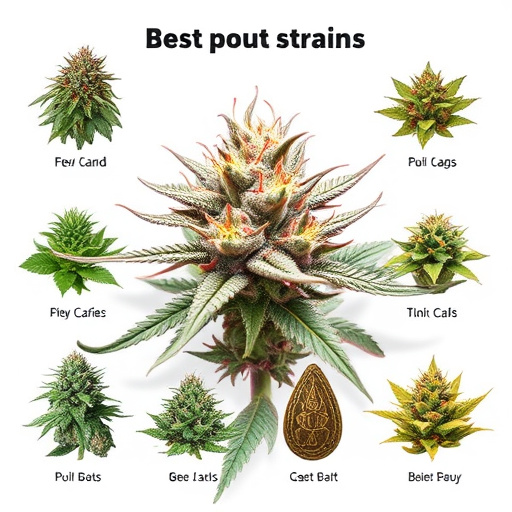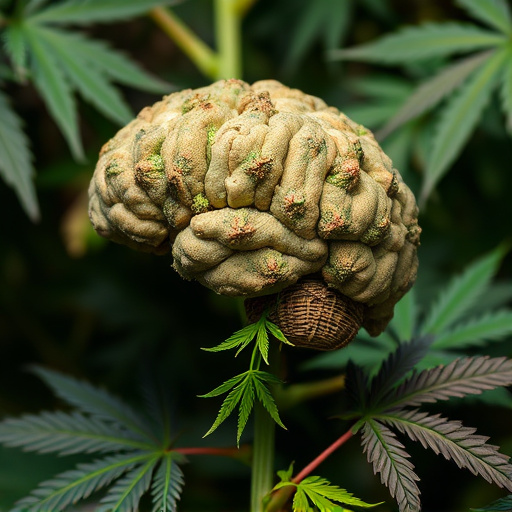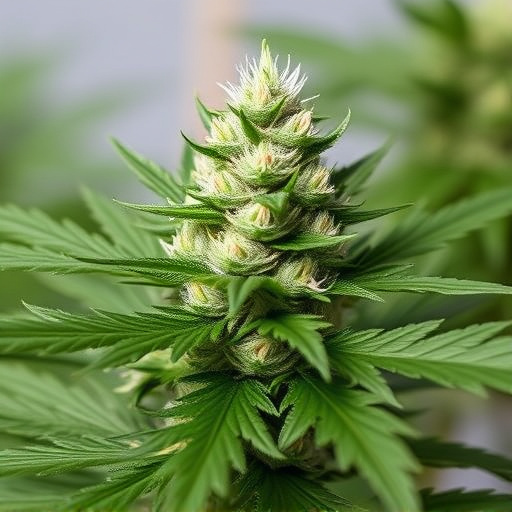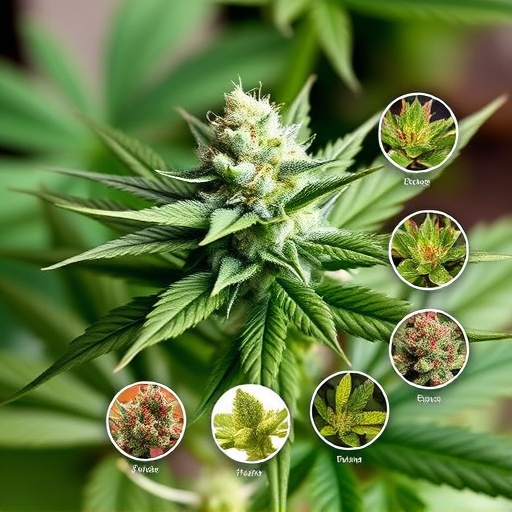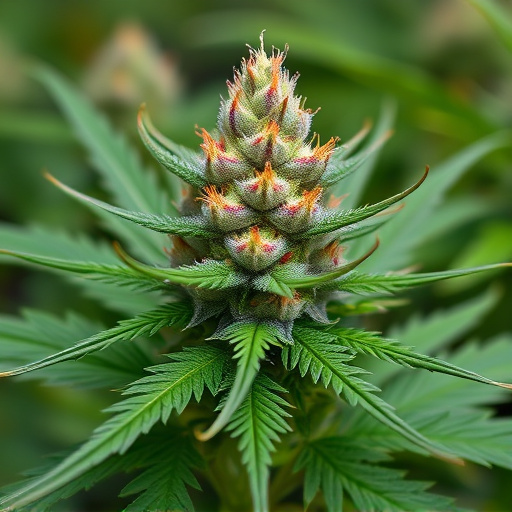The effects of cannabis vary greatly among different strains due to their unique combinations of THC, CBD, and terpenes. Individuals have differing responses based on their biology, with enzymes like CYP and MAO affecting metabolism. The ideal cannabis experience is subjective, influenced by environment, consumption method (smoking, vaping, edibles), and the time of day. Understanding these factors, along with the specific properties of best medical cannabis strains, helps users select the right strain for their needs, whether it's pain relief, sleep improvement or managing symptoms of various conditions.
Discover how a multitude of factors shape cannabis’ effects, going beyond the popular discussion of best medical cannabis strains. From genetic composition and individual biology to environmental influences and consumption methods, each element plays a critical role in determining potency and therapeutic outcomes. Understanding these nuances is essential for maximizing benefits and ensuring safe, personalized use.
- Genetic Composition and Cannabis Strains
- Individual Biology and Metabolism
- Environmental and Consumption Factors
Genetic Composition and Cannabis Strains
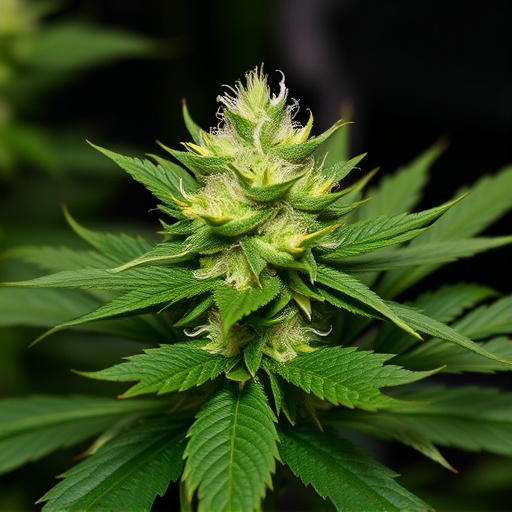
The genetic composition of cannabis plants plays a pivotal role in dictating the effects users experience from different strains. Each cannabis strain possesses unique combinations of cannabinoids, such as THC (tetrahydrocannabinol) and CBD (cannabidiol), along with a variety of terpenes that contribute to their distinct aromas, flavors, and potential therapeutic benefits. These chemical profiles significantly impact how individuals react to the plant, making some strains better suited for specific medical conditions than others.
When seeking the best medical cannabis strains for particular needs, understanding these genetic variations is key. Certain strains are renowned for providing more pronounced euphoric effects due to higher THC levels, while others with elevated CBD content offer potential relief from anxiety and inflammation without the psychotic effects. As such, patients can tailor their choices based on desired outcomes, whether it’s alleviating pain, improving sleep, or managing symptoms of various medical conditions.
Individual Biology and Metabolism
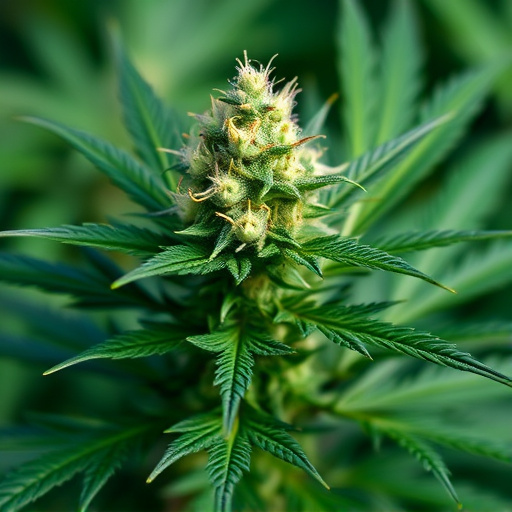
The way an individual responds to cannabis can vary greatly, and a significant factor in this variability is their unique biology and metabolism. Everyone’s body processes cannabis differently due to genetic variations in enzymes responsible for metabolizing cannabinoids, such as THC (tetrahydrocannabinol), the primary psychoactive compound. These enzymes, particularly cytochrome P450 (CYP) and monoamine oxidase (MAO), play a crucial role in determining the strength and duration of cannabis’s effects. For instance, some people may have a slower metabolism, leading to more pronounced and prolonged high from certain best medical cannabis strains.
Understanding one’s individual biology can help in selecting suitable cannabis varieties known for their balanced or desired effects. Different strains of medical cannabis contain varying levels of THC and other cannabinoids like CBD (cannabidiol), which can influence how an individual feels and the potential therapeutic benefits they experience. For instance, high-THC strains might be more effective for managing chronic pain but may induce anxiety in some users, while balanced or low-THC strains could be preferable for those looking to unwind without intense psychoactive effects.
Environmental and Consumption Factors
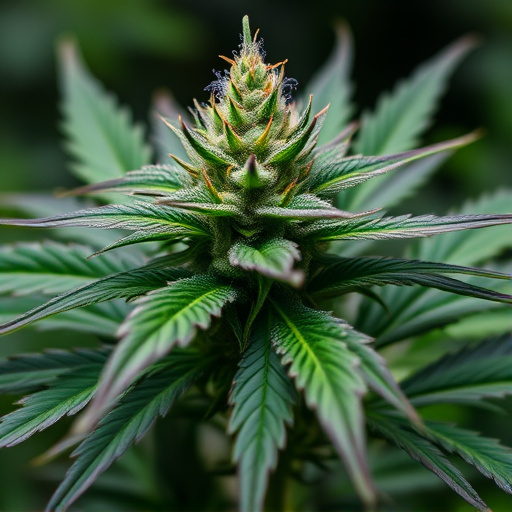
The effects of cannabis can be significantly influenced by environmental and consumption factors, making the ideal experience subjective. The environment in which cannabis is consumed plays a critical role; a quiet, comfortable setting can enhance relaxation, while an energetic atmosphere may intensify the sensory effects. Lighting, temperature, and even the time of day can alter perception. For instance, natural light is known to heighten certain cannabinoid profiles, potentially enhancing specific therapeutic benefits sought from best medical cannabis strains.
Consumption methods and techniques also contribute to the overall experience. Different consumption approaches, such as smoking, vaporizing, or edibles, offer varying routes of administration, each with its own effect profile. The method chosen can impact the speed of onset, intensity, and duration of effects. For example, vaporizers provide a smoother, more controlled experience compared to smoking, allowing users to adjust dosage precisely, especially when using high-potency best medical cannabis strains.
Understanding the multifaceted nature of cannabis effects, as illuminated by genetic composition, individual biology, and environmental factors, is crucial for maximizing the benefits of medical cannabis. By recognizing how these elements interact, individuals can make informed choices regarding the best medical cannabis strains for their specific needs. This tailored approach ensures optimal efficacy while minimizing potential side effects, paving the way for a more personalized and effective medical cannabis experience.



